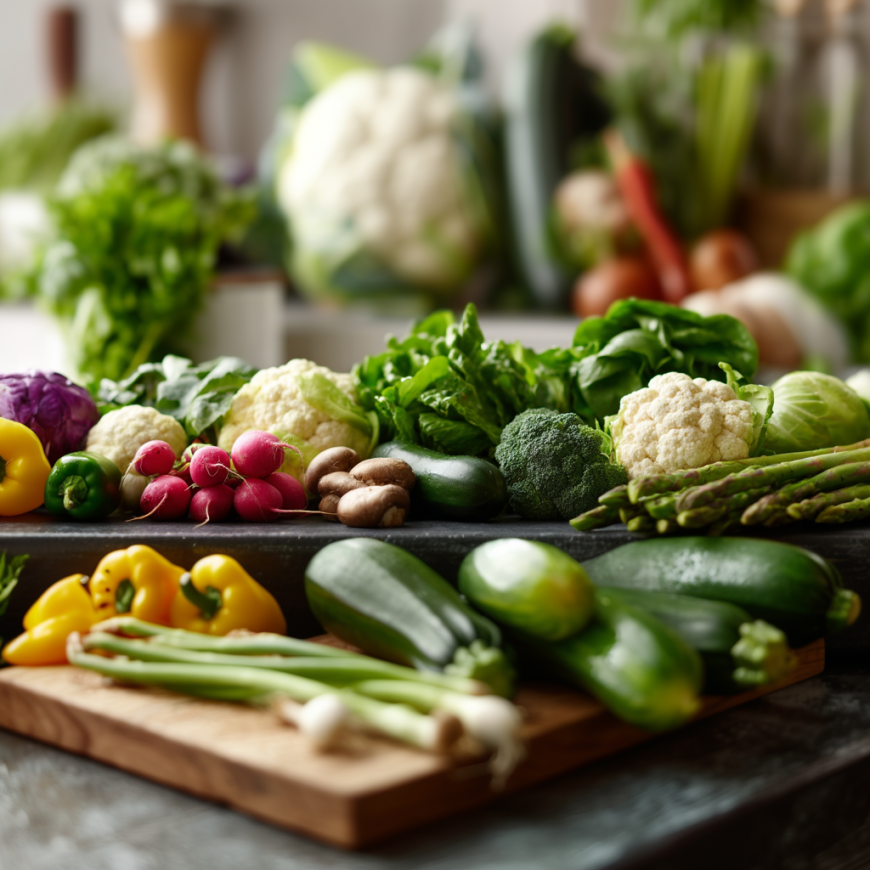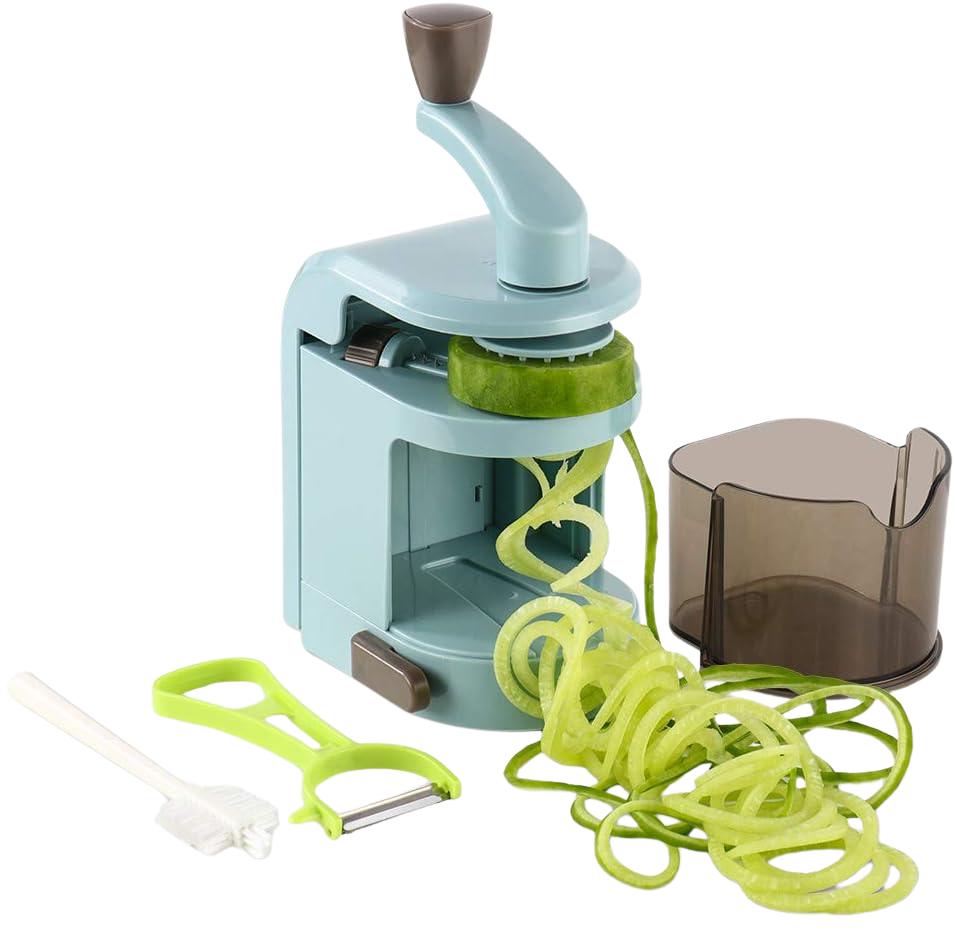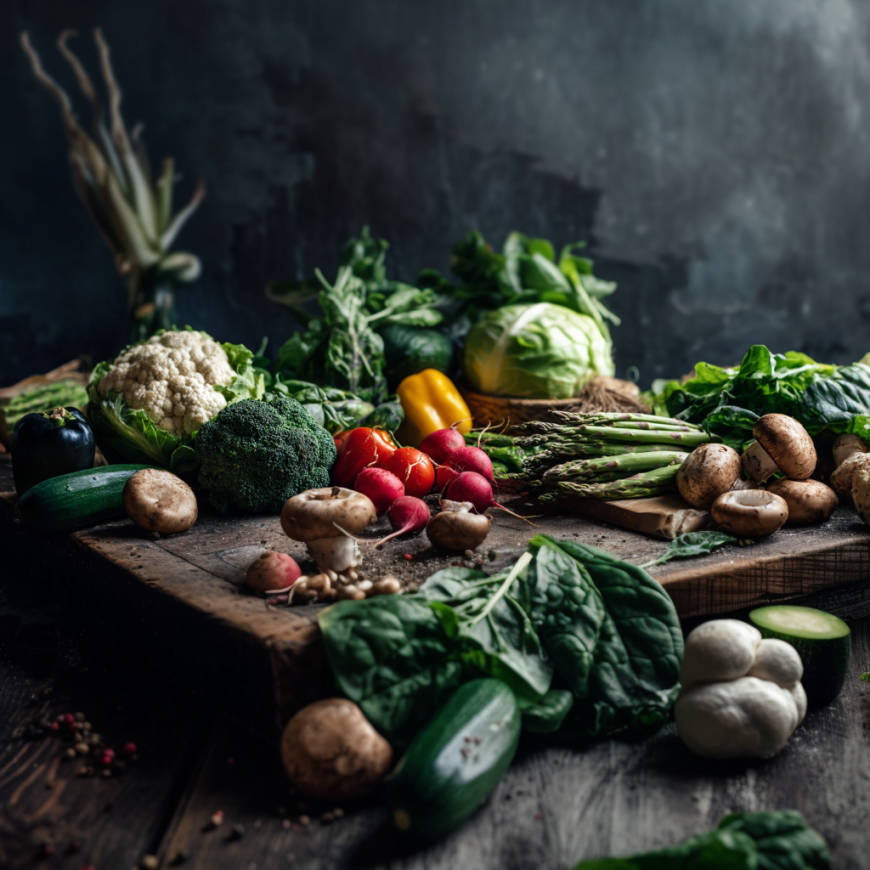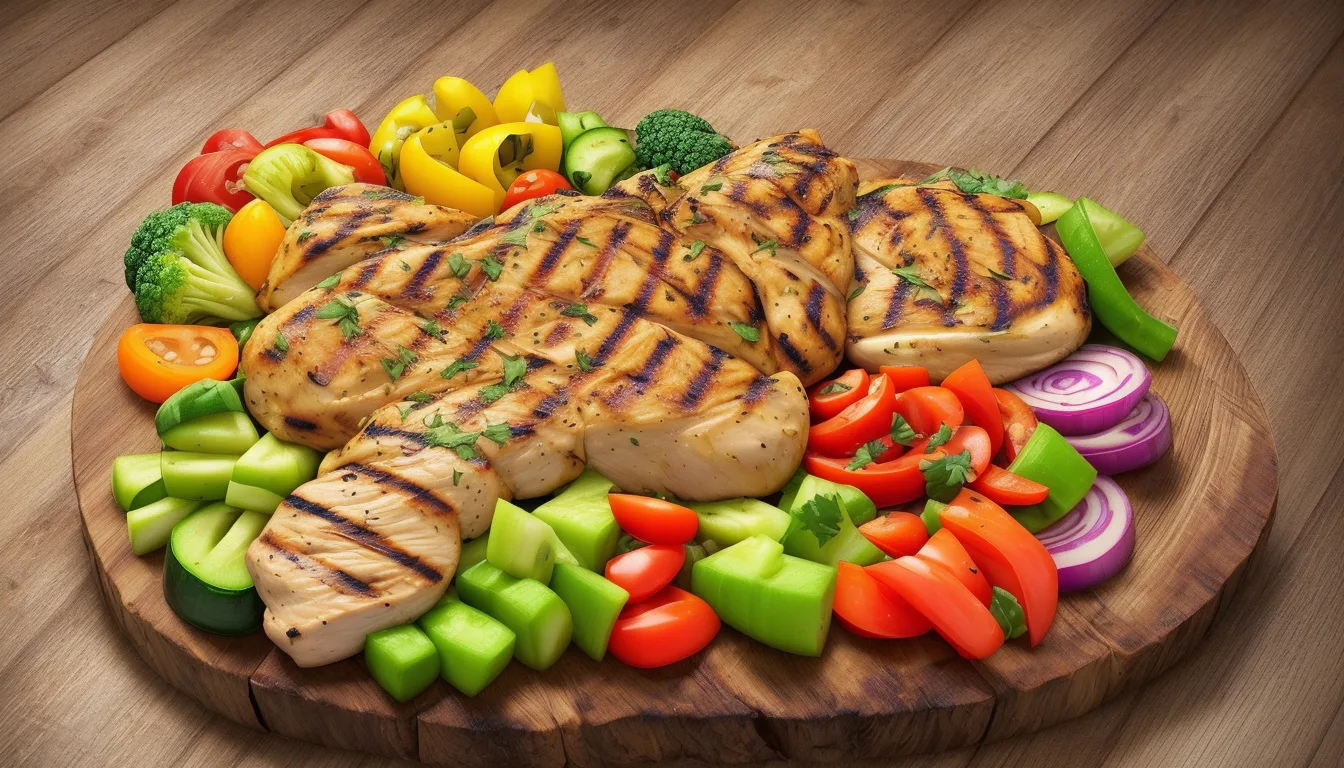
As someone who has navigated the world of nutrition and diet plans, I’ve come to appreciate the numerous benefits of incorporating low-carb vegetables into my meals.
These vibrant, nutrient-dense foods not only keep my carb intake in check but also provide me with essential vitamins, minerals, and antioxidants.
If you’re looking to supercharge your diet, understanding the role and advantages of low-carb vegetables is a fantastic place to start.
In this article, I’ll guide you through the best low-carb vegetables that can enhance your health and well-being, as well as share tips on how to seamlessly integrate them into your daily meals.
Download your FREE printable Keto Macros Tracker Sheet here

The TL;DR
- Low-carb vegetables are key for those seeking a healthier diet.
- Incorporating low-carb vegetables can assist in weight management and overall health.
- The article highlights the best low-carb vegetables that can enhance your meals.
- Practical tips for including low-carb vegetables in your daily cooking are provided.
- Adopting low-carb vegetables is a simple yet effective way to boost nutritional intake.
Low-Carb Vegetables for Your Low-Carb Life
As someone who has been exploring the world of healthier eating, I’ve come to realize how perfect low-carb vegetables are for the low-carb lifestyle, and how they can be a game-changer for anyone looking to manage their weight or enhance their overall well-being. Low-carb vegetables on the low-carb or keto diet are not just another trendy diet fad; they are delicious, nutritious, and offer a plethora of health benefits.
In this article, I’m excited to share my insights about these remarkable foods.
Whether you’re following a ketogenic diet, trying to reduce your carbohydrate intake, or simply looking for ways to incorporate more vegetables into your meals, understanding which vegetables are low in carbs can help you make informed choices that nourish your body without sacrificing flavor.
What Are the Benefits of Incorporating Low-Carb Vegetables in Your Diet?
Adding more low-carb vegetables into my diet has been a game-changer for my overall health and wellness. These nutrient-dense foods not only help me maintain a healthy weight but also provide an array of vitamins and minerals essential for my body. For instance, vegetables like spinach, zucchini, and cauliflower are not only low in carbs but also high in fiber, aiding in digestion and keeping me feeling full longer.
Additionally, by choosing low-carb vegetables, I can enjoy a variety of flavors and textures while still supporting my low-carb lifestyle Not to mention, they are fantastic for meal prep, adding color and nutrition to dishes without increasing the carb count.
Whether I’m whipping up a stir-fry or tossing a salad, these low-carb vegetables are my go-to for a healthy, satisfying meal.
‘Let food be thy medicine and medicine be thy food.’ – Hippocrates
Top Low-Carb Vegetables
As someone who has navigated the world of low-carb eating for quite some time, I often get asked about the best low-carb vegetables to include in meals. Like I said earlier, these nutrient-dense foods are a fantastic way to add flavor and fiber to your diet without the excess carbohydrates. Let me share my choice list of low-carb vegetables that I absolutely love and recommend:
- First up, we have spinach, which is not only versatile but also packed with vitamins A and K.
- Next, zucchini is a great choice; it can be spiralized into ‘noodles’ for a delicious low-carb pasta alternative.
- Cauliflower is another favorite; it can be mashed, riced, or roasted for a satisfying dish.
- Don’t overlook broccoli, which is not only low in carbs but also high in fiber.
- Bell peppers are colorful and crisp, making them perfect for salads or snacking.
- Asparagus is another delicious low-carb veggie that pairs beautifully with various dishes.
- Mushrooms are fantastic for adding umami flavor and can be used in countless recipes.
- Cabbage can be shredded for coleslaw or cooked down for a warm side dish.
- Finally, radishes add a nice crunch and peppery kick, and let’s not forget about green beans, which can be tossed in stir-fries or steamed as a side.
Incorporating these low-carb vegetables into your meals not only maintains your carbohydrate goals but also enhances the nutritional profile of your diet.

Download your FREE printable Keto Macros Tracker Sheet here
How to Include Low-Carb Vegetables in Your Meals
As I progressed on my journey toward a healthier lifestyle, I quickly discovered the benefits of incorporating low-carb vegetables into my meals. Not only are they packed with essential nutrients, but they also help to keep my carbohydrate intake in check without sacrificing flavor. One of the easiest ways to include these low-carb vegetables in your diet is by adding them to stir-fries.
- For instance, I love combining bell peppers, zucchini, and broccoli for a vibrant and satisfying dish.
- Another favorite of mine is using cauliflower instead of traditional rice.
- When riced and sautéed, cauliflower makes a fantastic base for curries and stews.
- I also enjoy making salads loaded with spinach, kale, and cucumbers, which are not only refreshing but also incredibly filling.

Zucchini Makes the BEST pasta-replacer–get yourself a Spiralizer and have fun with it!
By experimenting with different recipes and cooking methods, I’ve found that including low-carb vegetables in my meals not only enhances the texture and color of my dishes but also makes me feel more energized and satisfied.
Vegetable Cooking Tips

When it comes to embracing a low-carb lifestyle, incorporating low-carb vegetables into my meals has been a game-changer. Not only do these vegetables provide essential nutrients, but they also keep my carb count in check, as stated earlier. This makes them an ideal choice for anyone looking to manage their weight or improve their overall health.
- One vital tip I’ve learned in cooking with low-carb vegetables is to roast them. Roasting brings out their natural sweetness and enhances their flavors without needing to add excess calories or carbs.
- I also love tossing cauliflower or Brussels sprouts in olive oil, seasoning them with garlic, and roasting them until they’re caramelized.
- Additionally, steaming or sautéing low-carb veggies like spinach or zucchini with a touch of lemon juice can elevate their taste while maintaining their crunch and nutrients.
- Another fun tip is to spiralize low-carb vegetables like zucchini to create a delicious and healthy pasta alternative. This not only makes my meals visually appealing but also keeps them light and savory.
Remember, the key to enjoying low-carb vegetables is to experiment with different cooking methods and seasonings to find what suits your palate best.
Always remember to check with your personal physicians prior to making changes to your diet.
As an Amazon Affiliate, Savvy Keto makes a commission (at no extra cost to you) on purchases you make thru links on this site.




